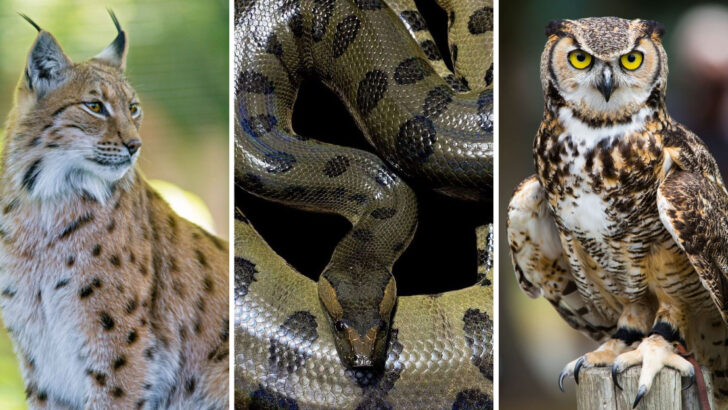Some animals are born to be alone—and they wouldn’t have it any other way. No herds, no packs, no clumsy sidekicks slowing them down. Just pure, undisturbed solitude.
While many creatures rely on teamwork to hunt, protect their young, or simply survive, these independent souls prefer a life of quiet self-sufficiency. They don’t need companionship, and they certainly don’t crave it. If another animal wanders too close? Best case, they ignore them. Worst case… well, let’s just say it doesn’t end in a friendly handshake.
From elusive big cats to creatures that seem to vanish the moment you spot them, these are nature’s ultimate lone wolves—minus the wolves. Let’s meet the masters of solitude, the animals that have turned going solo into an art form.
Snow Leopard
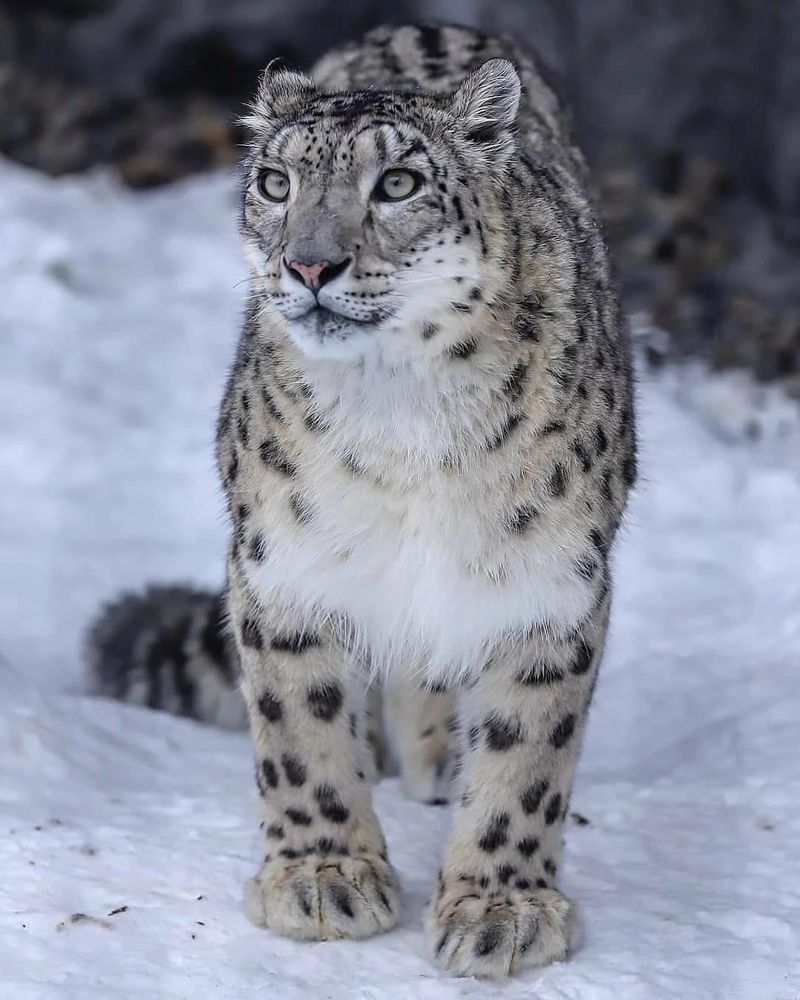
Snow leopards are elusive creatures, found in the rugged mountain ranges of Central Asia. Known for their solitary nature, they are rarely seen in groups, preferring the company of their own shadow. These majestic big cats have adapted to extreme environments, relying on their stealth and agility to hunt.
Their thick fur and long tail provide warmth and balance, essential for life in harsh climates. While snow leopards may occasionally cross paths, they primarily lead solitary lives, marking vast territories. Their independent lifestyle is a testament to their resilience and adaptability in the wild.
Bengal Tiger
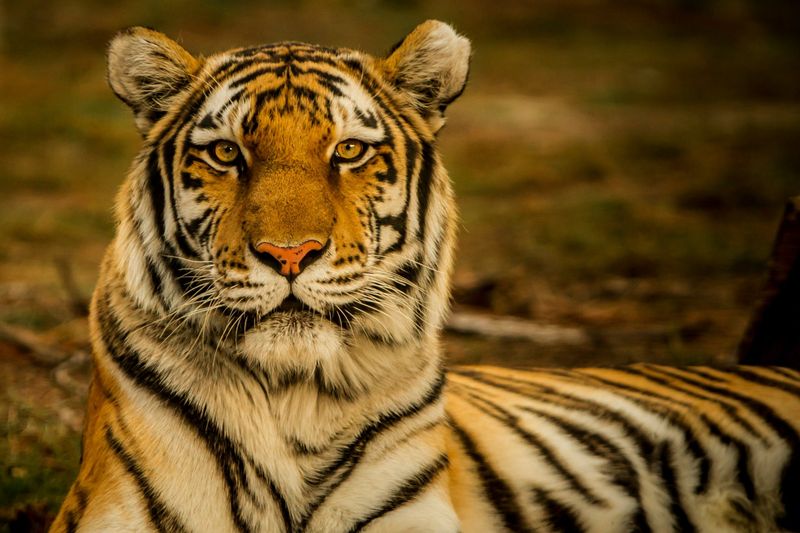
Bengal tigers, the largest members of the big cat family, roam the dense forests of India alone. These powerful predators are fiercely territorial, marking their domain with scent and roars. Solitude is essential for hunting, as tigers rely on stealth to ambush prey.
Living independently allows them to cover large areas, securing enough food resources. While mothers are seen with cubs, adult tigers prefer solitude, ensuring they have ample space and prey. Their solitary nature is a vital aspect of their survival strategy, allowing them to thrive in the competitive jungle environment.
Polar Bear
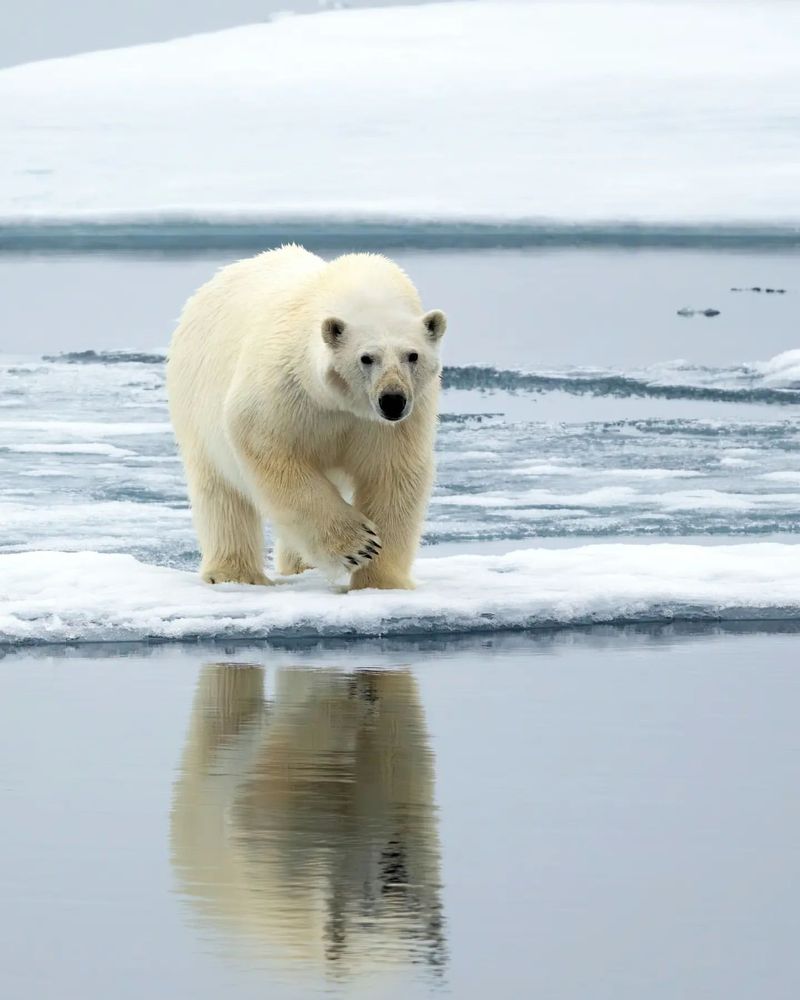
Polar bears, the iconic inhabitants of the Arctic, are known for their solitary lifestyle. These magnificent creatures roam vast distances in search of seals, their primary food source. Solitude is crucial, as it allows them to hunt without competition.
Equipped with a keen sense of smell and powerful limbs, polar bears are adept hunters. While they may gather at abundant food sources, they typically prefer their own company. Independence ensures their survival in the harsh, unforgiving Arctic environment, where resources are scarce, and every hunt requires skill and patience.
Jaguar
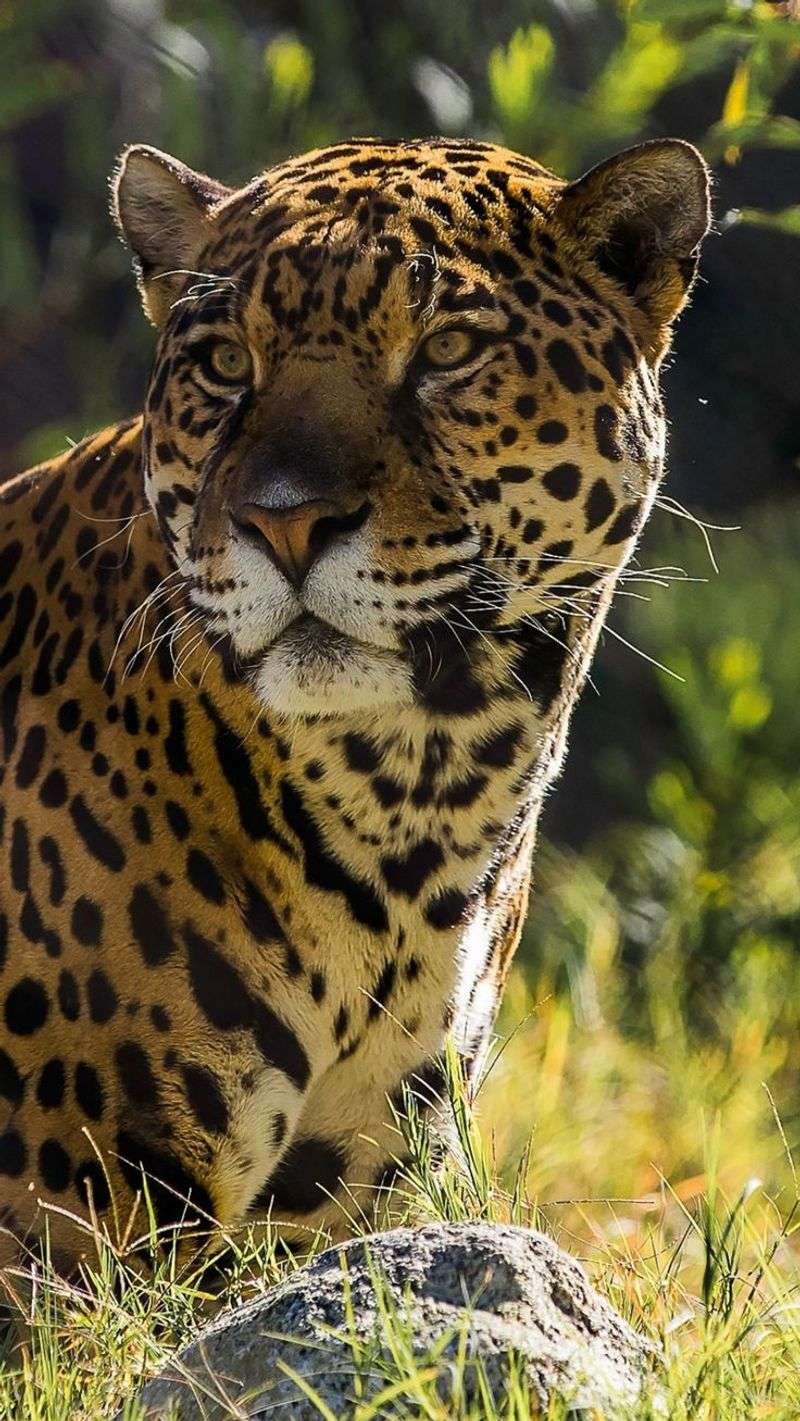
Jaguars, native to the dense rainforests of Central and South America, are solitary and elusive. These powerful cats are skilled hunters, relying on stealth and strength to catch prey. Solitude allows them to master their hunting skills and secure territory.
Jaguars are excellent swimmers, often seen near water, where they hunt fish and caimans. Their solitary nature means they cover large areas, ensuring they have sufficient food. While females may be seen with cubs, adults prefer solitude, highlighting their independence and adaptability in diverse environments.
Komodo Dragon
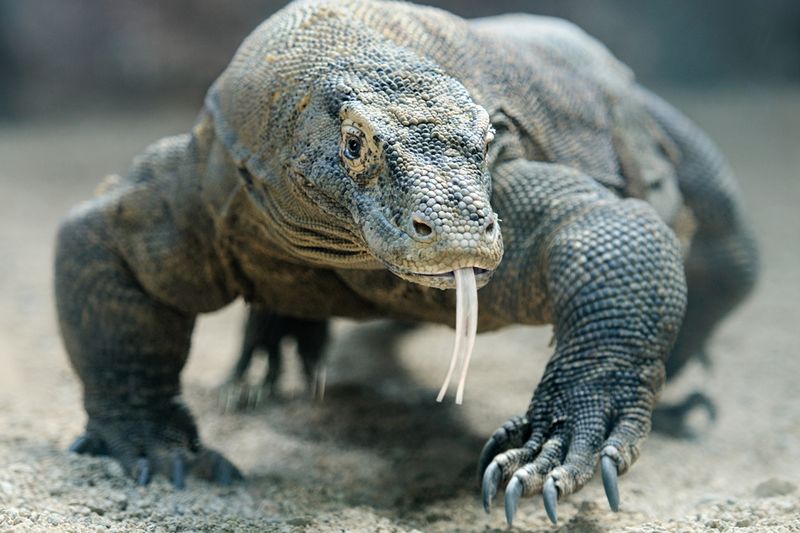
Komodo dragons, the world’s largest lizards, inhabit the Indonesian islands, leading solitary lives. These formidable reptiles are apex predators, using their keen senses and sharp teeth to hunt. Solitude is vital for these creatures, as it reduces competition for food and territory.
Komodo dragons are known for their patience, often lying in wait for prey to approach. Their solitary lifestyle allows them to dominate their environment, ensuring they have access to resources. While young dragons may be seen together, adults prefer independence, showcasing their survival instincts and adaptability.
Eurasian Lynx
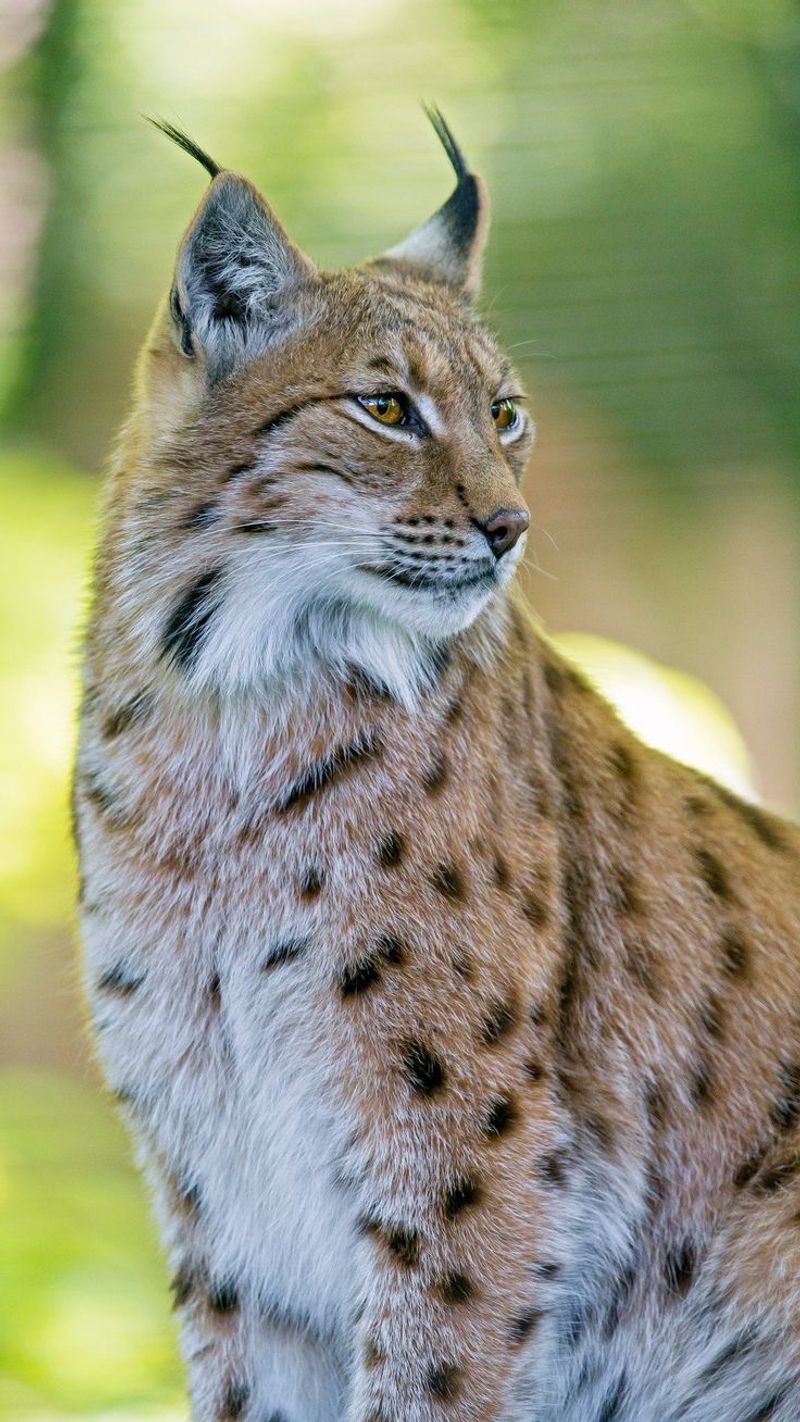
Eurasian lynxes, native to European and Siberian forests, are solitary hunters. These medium-sized cats rely on stealth and surprise to capture prey, making solitude an essential aspect of their lifestyle. Lynxes have keen senses, allowing them to detect and ambush unsuspecting animals.
Their solitary nature ensures they cover vast territories, reducing competition for food and mates. While mothers nurture their young, adult lynxes prefer solitude, roaming silently through their wooded domains. This independence enables them to thrive in diverse habitats, showcasing their adaptability and survival skills.
Wolverine
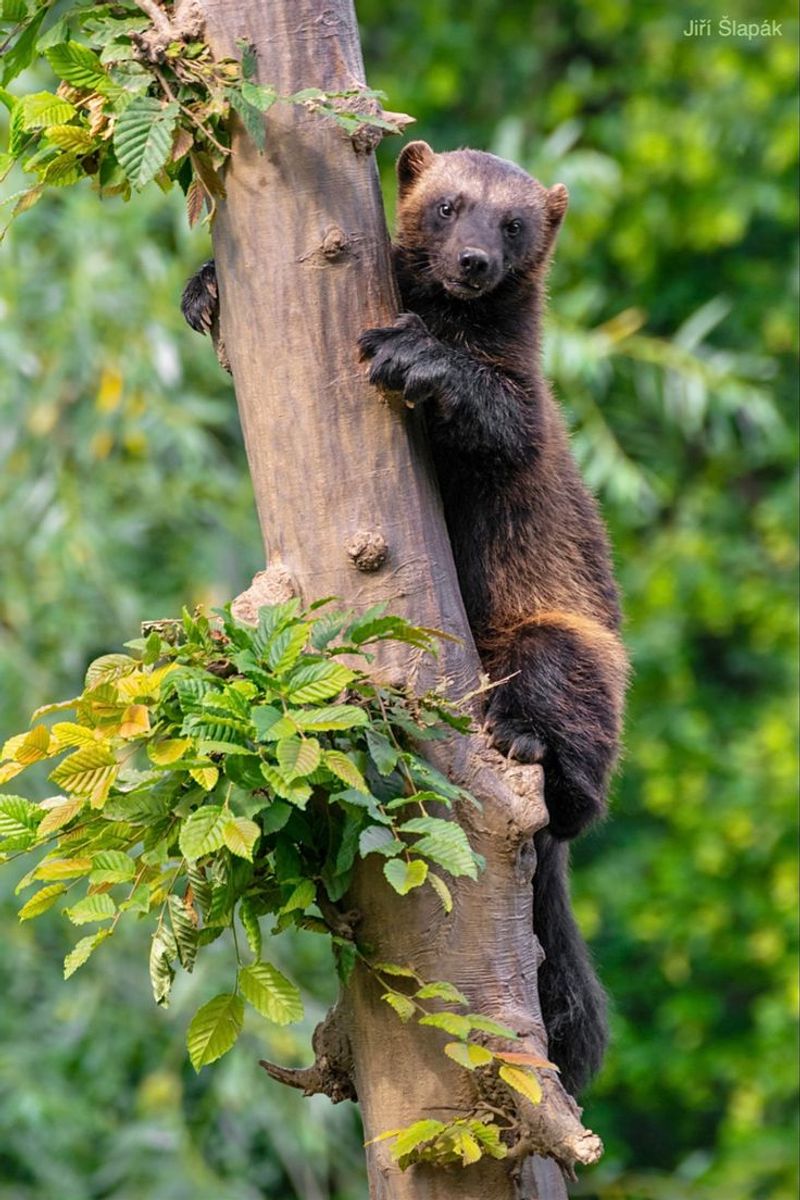
Wolverines, often dubbed the “lone wolves” of the animal kingdom, are solitary creatures found in remote, cold regions. These tenacious mammals have a reputation for fearlessness, tackling prey larger than themselves.
Solitude suits their scavenging and hunting lifestyle, allowing them to cover extensive areas. Wolverines possess incredible stamina, often traveling miles in search of food. Their solitary nature helps them avoid conflicts, ensuring they can secure resources.
While wolverines may occasionally cross paths, they predominantly lead independent lives, embodying resilience and adaptability in challenging environments.
Tasmanian Devil
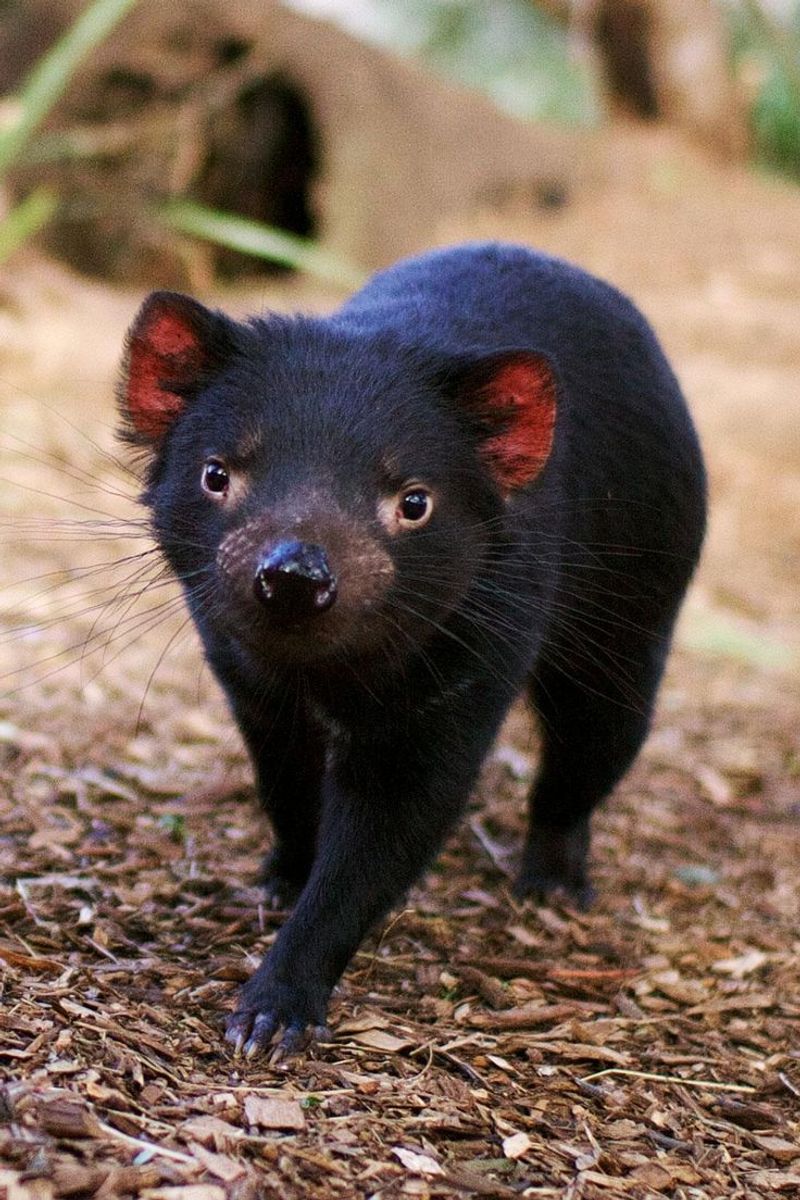
Tasmanian devils, native to the forests of Tasmania, are solitary carnivores known for their fierce nature. These nocturnal creatures rely on solitude to hunt and scavenge efficiently. Equipped with powerful jaws and sharp teeth, they can consume entire carcasses, bones included.
Solitude allows them to avoid competition and secure food. While devils may gather at carcasses, they prefer their own company, engaging in loud, aggressive displays.
Their independent lifestyle is crucial for survival in their rugged habitat, where food can be scarce, and competition fierce. Their solitary nature highlights their adaptability and resilience.
Great Horned Owl
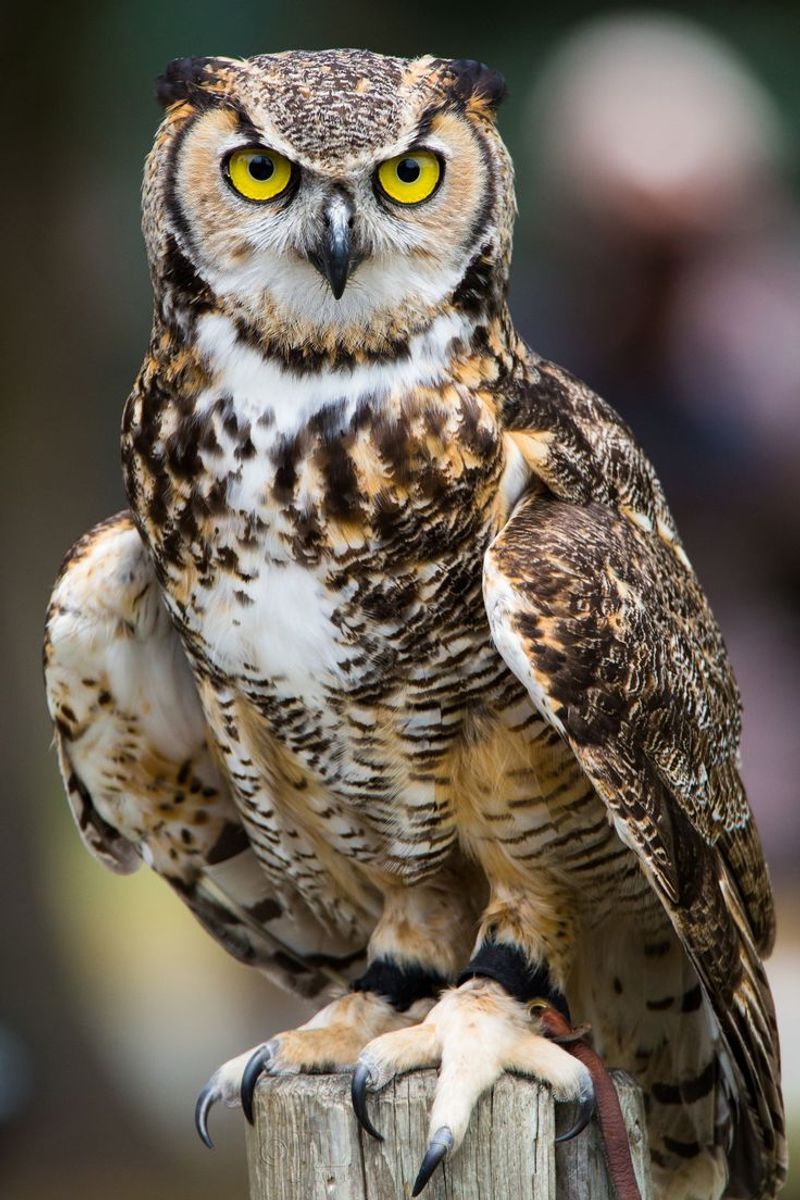
Great horned owls, widespread across the Americas, are solitary nocturnal hunters. These powerful birds of prey rely on their acute senses and silent flight to catch unsuspecting prey. Solitude is crucial for their hunting strategy, allowing them to patrol vast territories.
While they may pair during breeding season, great horned owls typically prefer independence. Their solitary nature enables them to efficiently manage resources and avoid conflicts. By leading independent lives, they ensure their survival in diverse habitats, from forests to deserts. Their adaptability and keen instincts make them formidable predators in the animal kingdom.
Platypus
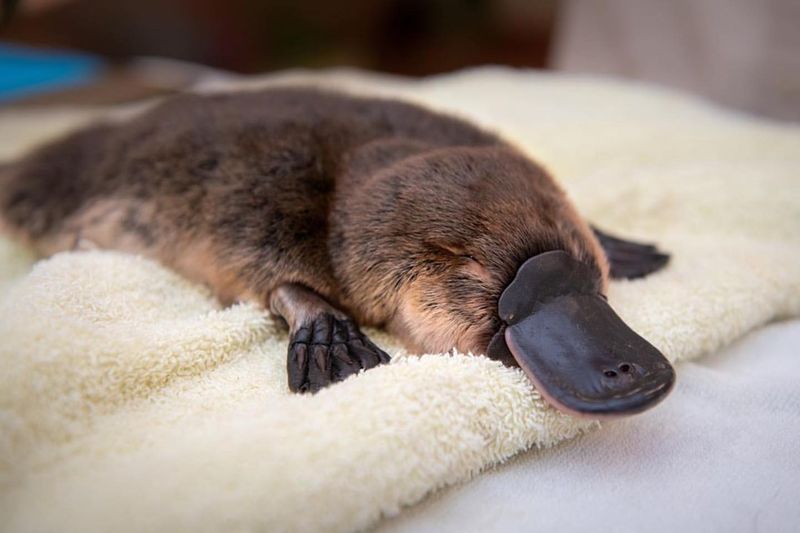
Platypuses, unique to Australia, are solitary and mysterious creatures. These semiaquatic mammals have distinctive features, including a duck-like bill and webbed feet.
Solitude suits their secretive nature, as they forage for food underwater. Platypuses spend much of their time alone, burrowing along riverbanks, where they rest and breed.
While they may come together during mating season, they typically prefer their own company. Independence helps them avoid competition and secure food resources. Their solitary lifestyle is a key aspect of their survival, allowing them to thrive in their freshwater habitats.
Coyote
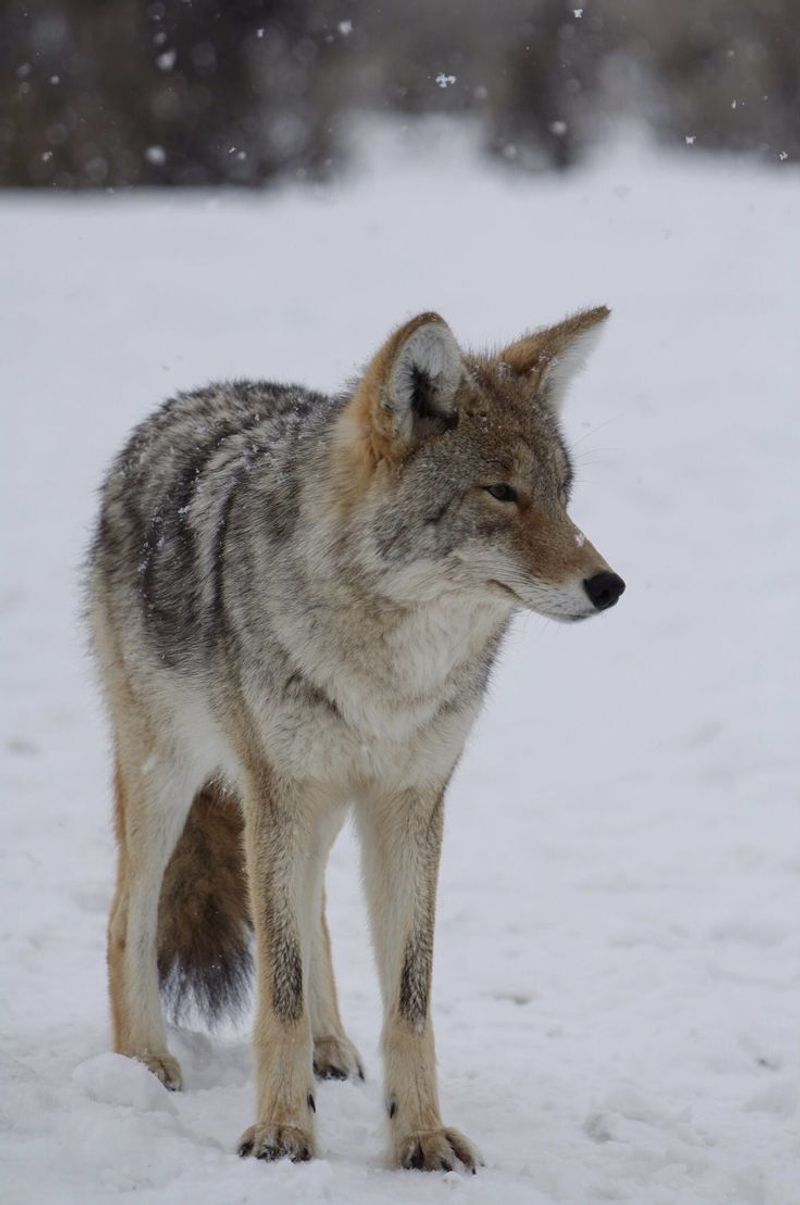
Coyotes, adaptable inhabitants of North America, often lead solitary lives. These cunning canines are skilled hunters, using a keen sense of smell and hearing to locate prey.
Solitude allows them to navigate diverse environments, from deserts to urban areas, without competition. Coyotes are known for their resourcefulness, finding food in various settings. While they may form packs or pairs, especially during breeding season, they generally prefer independence.
This solitary nature helps them avoid conflicts and secure resources for survival. Their adaptability and intelligence make them successful in both wild and human-altered landscapes.
Green Anaconda
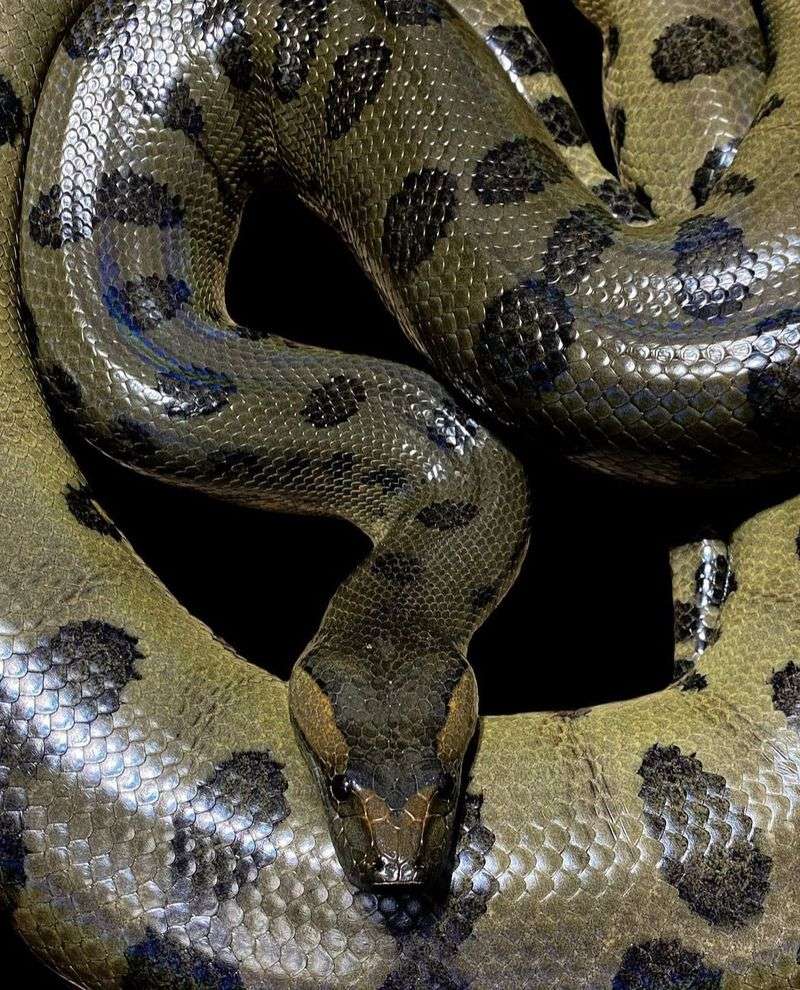
Green anacondas, native to South America’s swamps and rivers, are solitary snakes. These powerful constrictors rely on stealth and strength to ambush prey.
Solitude is essential, as it reduces competition for food and space. Anacondas spend much of their time in water, where they are well-camouflaged. Their solitary lifestyle enables them to dominate their environment, capturing prey with precision.
While they may occasionally encounter other anacondas, they typically prefer their own company. Independence allows them to thrive in their aquatic habitats, showcasing their adaptability and survival skills in the wild.

